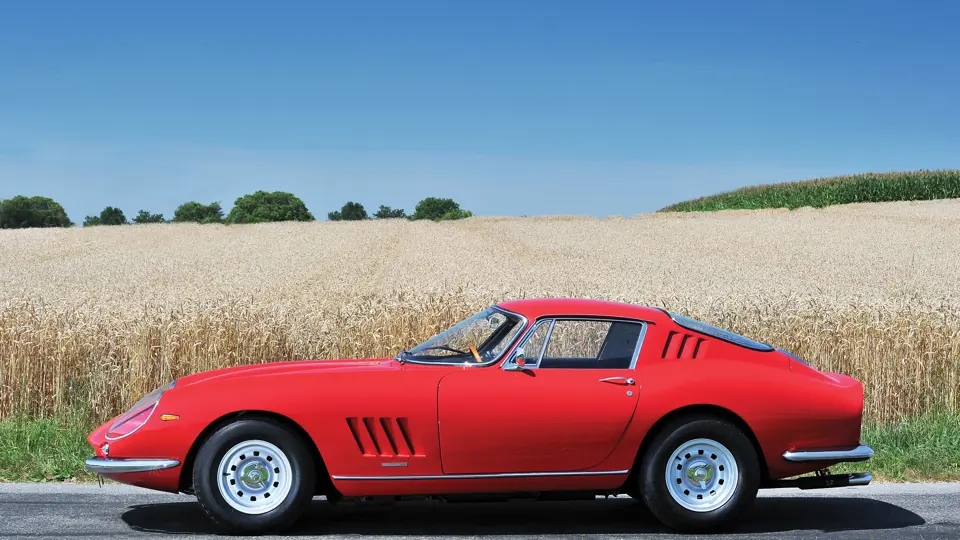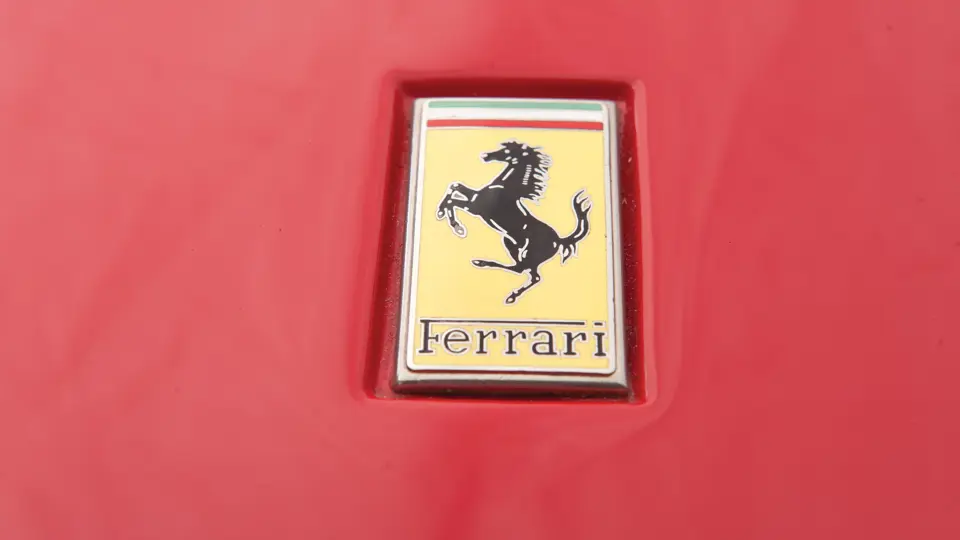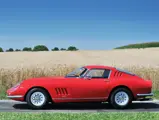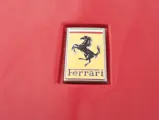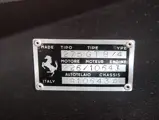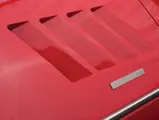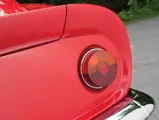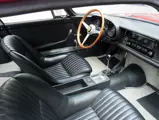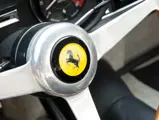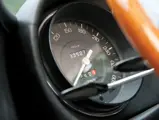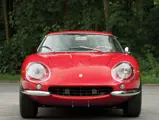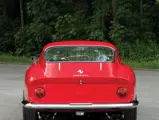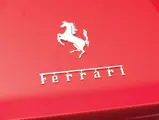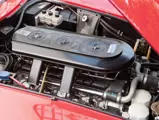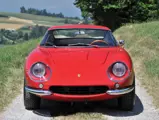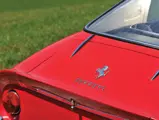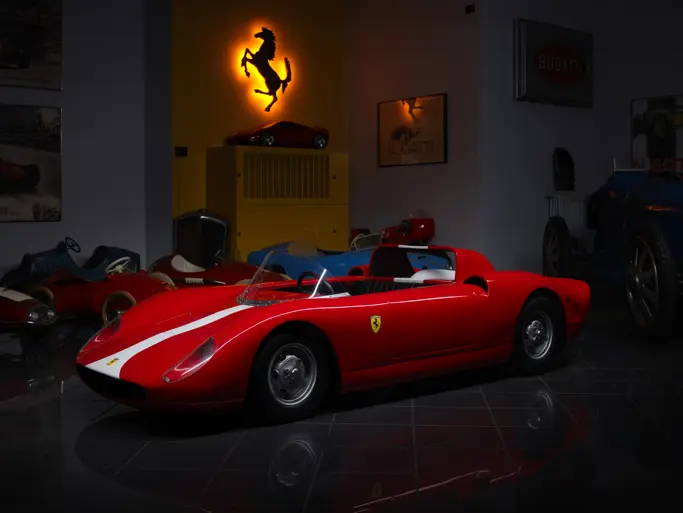300 bhp, 3,286 cc DOHC Colombo V-12 engine with six Weber carburettors, five-speed manual transmission, four-wheel upper and lower wishbone coil-spring independent suspension, and front and rear disc brakes. Wheelbase: 2,400 mm
Replacing the venerable 250 series of grand touring cars would be a daunting task for everyone at Ferrari in 1963. With the 250 GT/L being the swansong of the series, Ferrari needed to create a car that would replace the chassis that catapulted Ferrari into the garages of A-list automotive enthusiasts all over the world. More specifically, Ferrari wanted their new car to carry on the tradition of the Lusso, straddling the line between their more luxurious creations and their race cars, resulting in the fantastic 275 GTB. After introducing the long-nose body style, a change doctored in to the original design to reduce front end lift at high speeds, among other minor improvements, the racing seasons of 1964 and 1965 brought Ferrari’s most drastic improvement yet. Ferrari had yet another trick up their sleeve, in the form of a revised Tipo 226 engine, which resulted in the birth of the Ferrari 275 GTB/4.
This was a landmark model for Ferrari for a variety of reasons. It was a Ferrari that was as usable as it was beautiful; a true jack of all trades. Whilst most were designated as street cars from Ferrari and not earmarked for factory-backed racing, the 275 GTB/4 could easily drive under its own power to a track event and handily win its class. After finishing the race and picking up the requisite trophy, the victorious car could transport its owner home under its own power, all well swaddling that owner in the finest Italian leather and interior fitments, such as wood trim and standard power windows.
Aesthetically, the 275 GTB/4 shared much with its older sibling. Many automotive publications rated this as one of the top Ferrari designs of all time, and it’s easy to see why. With is sleek bodywork styled by Pininfarina and formed by Enzo’s favourite craftsmen at Scaglietti, the sight of the new design at the 1966 Paris Motor Show was truly something to behold. The long nose, low roofline, and small yet commodious boot made for a glorious silhouette that would become known as a truly great post-war automotive design. With a grand total of 330 examples produced by the end of 1968, this Ferrari was coveted by enthusiasts from its introduction and came to be recognised as one of the most desirable grand touring Ferraris ever built.
The only change to the body of the GTB/4 was a full-length bulge down the bonnet in order to allow a significant performance enhancement to the “four-cam” engine, which included six downdraft Weber 40 DCN carburettors. To the untrained eye at speed on the autostrada, it looked no different from its predecessor, but anyone sitting behind the gorgeous Nardi steering wheel could tell the difference in performance almost immediately. Developed on race tracks all over Europe in Ferrari’s 330 P2 prototype racers just a year prior to the GTB/4’s introduction, this iteration of the Colombo V-12 was the first engine with dual overhead camshafts to be fitted to a production Ferrari. Dry-sump lubrication in the new engine was also another race-bred improvement that was developed in the 330 P2. As a result, performance was incredible: top speed was 166 mph and horsepower was a respectable 300. Additionally, Ferrari had installed a torque tube to connect the engine and transmission, giving the car improved handling as well as masking some of the noise the engine created, allowing for a more comfortable cabin atmosphere.
Chassis 10643 was produced in 1967 and left the factory destined for its home market of Italy. It was originally finished in one of Ferrari’s rarer shades of red, Rosso Chiaro, over a Nero leather interior and was fitted with Campagnolo alloy 10-hole wheels. This 275 GTB/4 was then sold new to a Mr Vassallo, of Rome, Italy, and imported to the United States after his ownership. By 1972, the car on sale today was registered to Richard Caradori, of Langdon, Missouri, who enjoyed ownership of the car for 16 years.
After being listed for sale by Ferrari, of Walnut Creek, California, in August of 1989, by the Ferrari Market Letter, 10643 made its second trans-Atlantic crossing to a new home in Germany, and it was purchased by its current owner in April 1998. Residing with a very important European collection, this 275 GTB/4 has always been very well pampered and is showing less than 34,000 kilometres on the odometer, which are believed to be original. The original Rosso Chiaro paint looks fantastic, and the interior shows few signs of wear.
On 12 October, 2006, Ferrari’s Classiche department presented chassis 10643 with a certificate of authenticity, certifying the mechanical and cosmetic authenticity of this particular 275 GTB/4. The Classiche binder is complete with pictures that show that the chassis and engine numbers are indeed matching, and it is included in the sale. Not only does the Classiche certification work as a fantastic way of compiling provenance and assuring mechanical correctness for an individual motor car, but it also helps place the car amongst other Ferraris in terms of originality.
The 275 GTB/4 is truly one of the great Enzo-era Ferraris. Combining breath-taking good looks from the designers at Pininfarina, a beautifully executed body crafted by Scaglietti, and being graced with one of the finest Colombo engines ever built, it has compiled some of the best work from the best companies united under the badge of the Prancing Horse. With under 34,000 kilometres on its odometer, this is an example of a car that needs nothing and is ready to impress on the concours lawn and perform in classic driving events. This is a great opportunity to acquire a genuine and unmolested Ferrari that comes from long-term ownership and has seen very few caretakers in its life.
Please not that this lot is subject to VAT on the full purchase price (both on the hammer price and the commission). It is eligible for import into the UK at a reduced rate of 5% VAT plus customs charges.

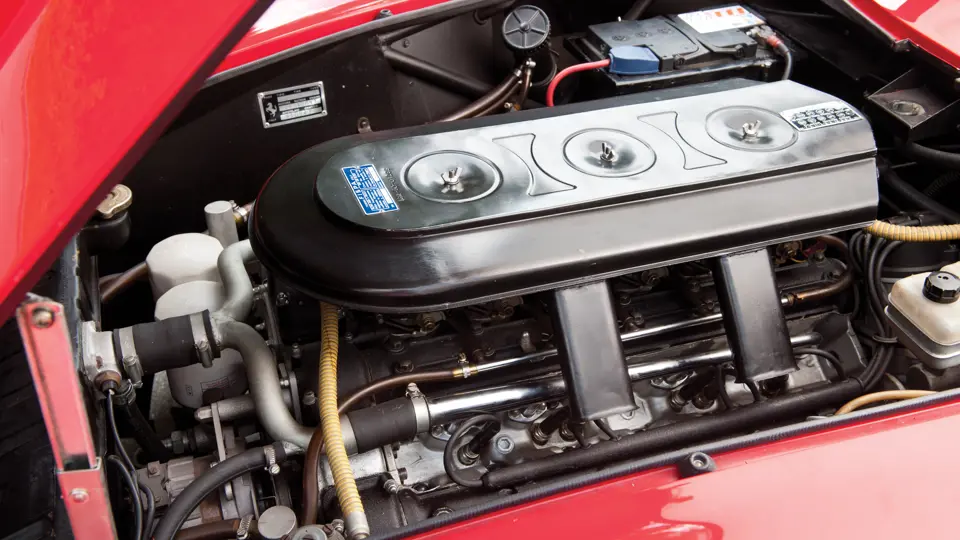


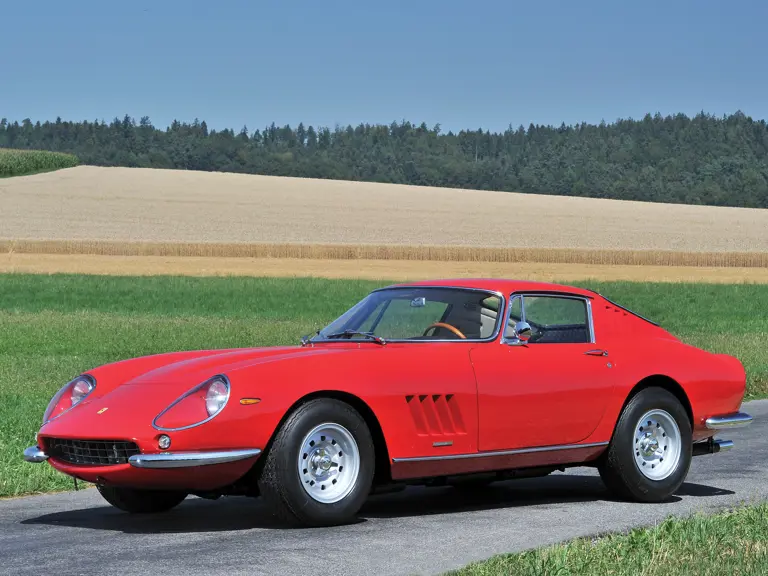
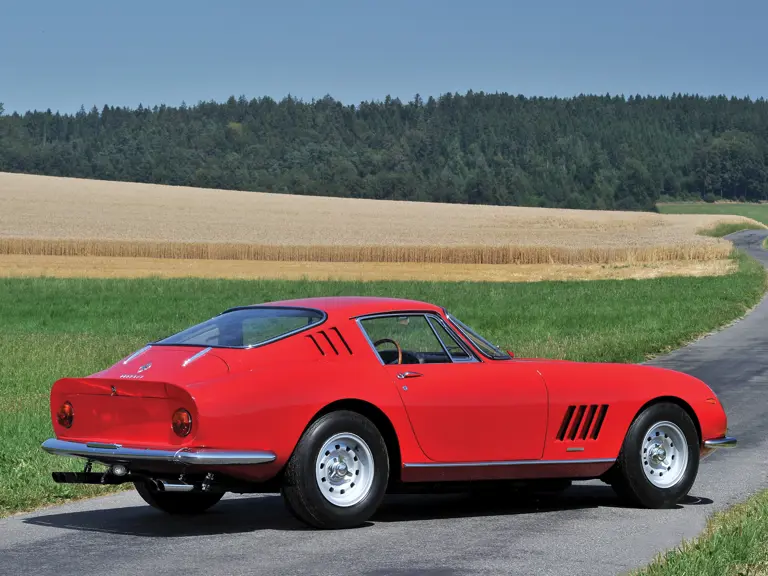
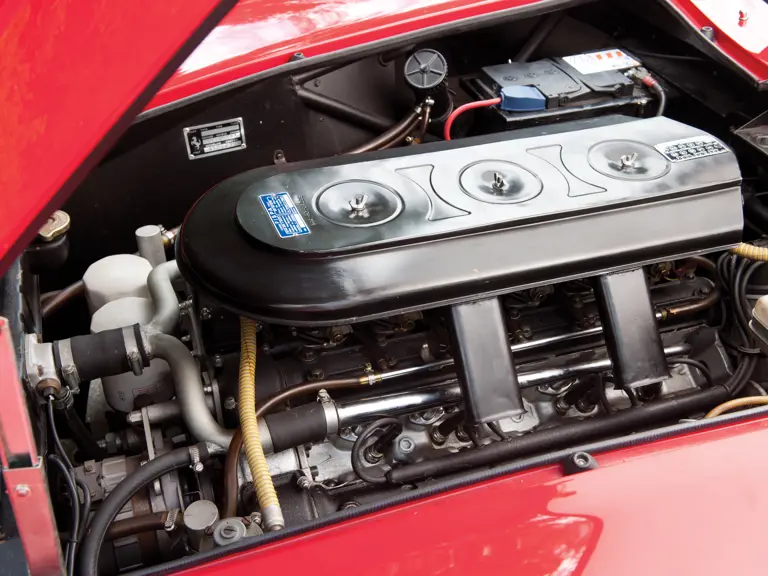
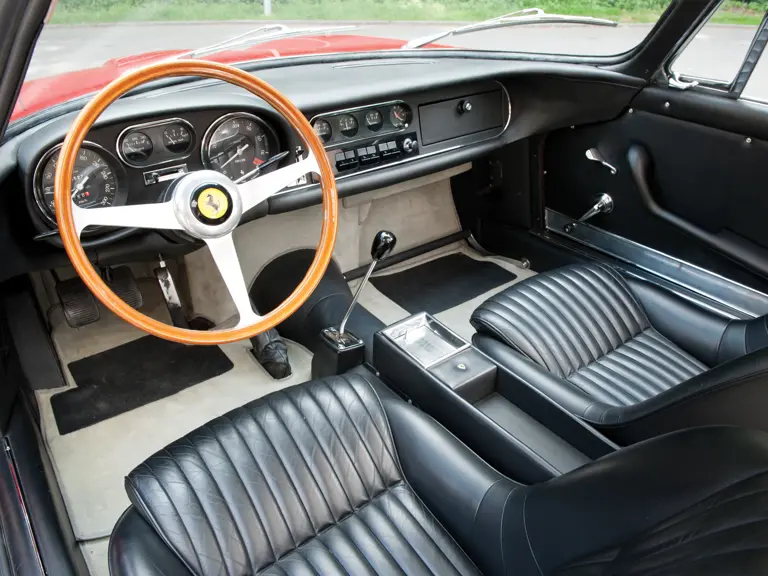

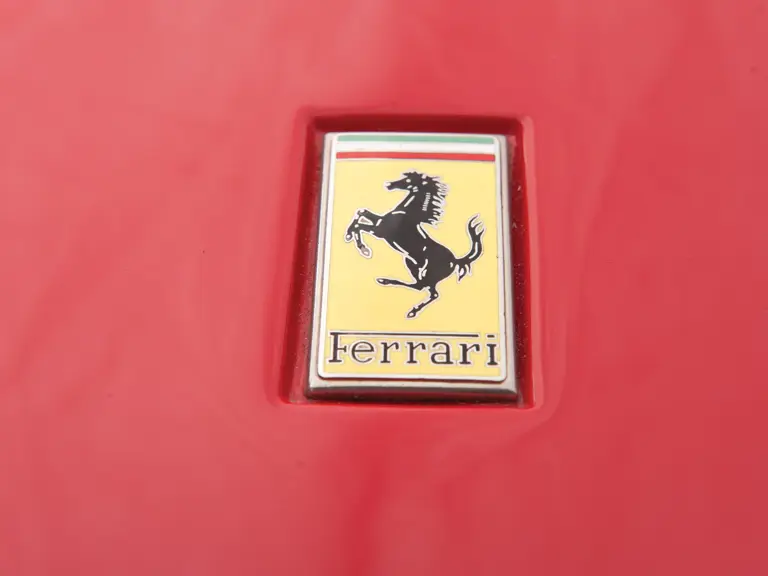
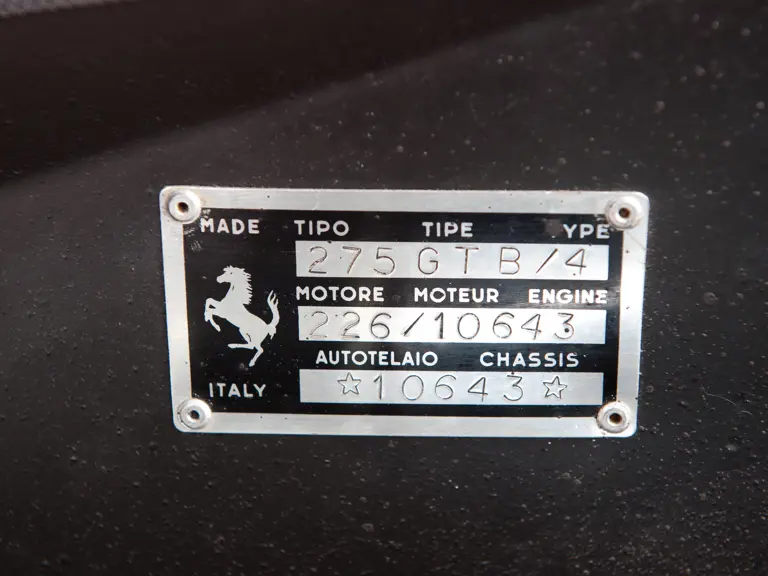
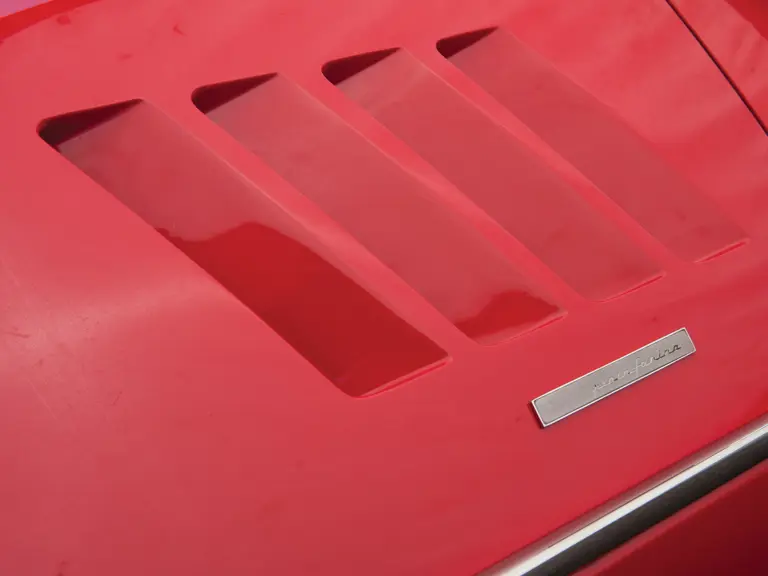
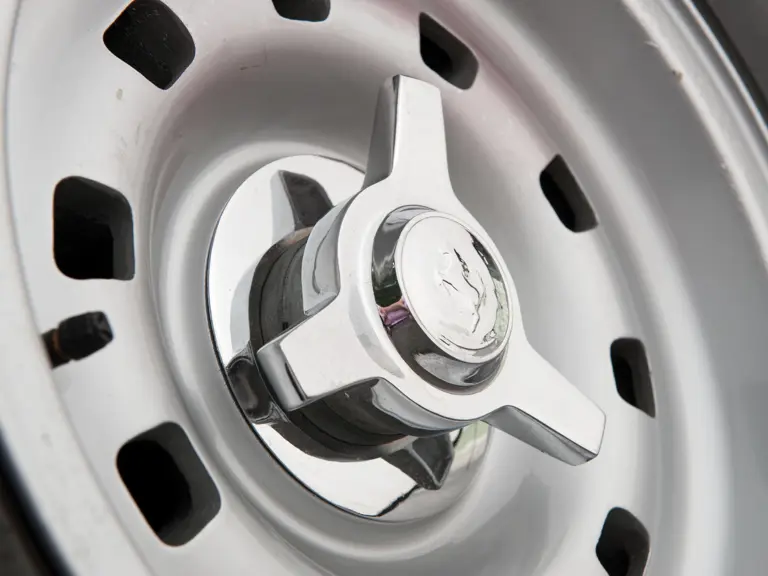
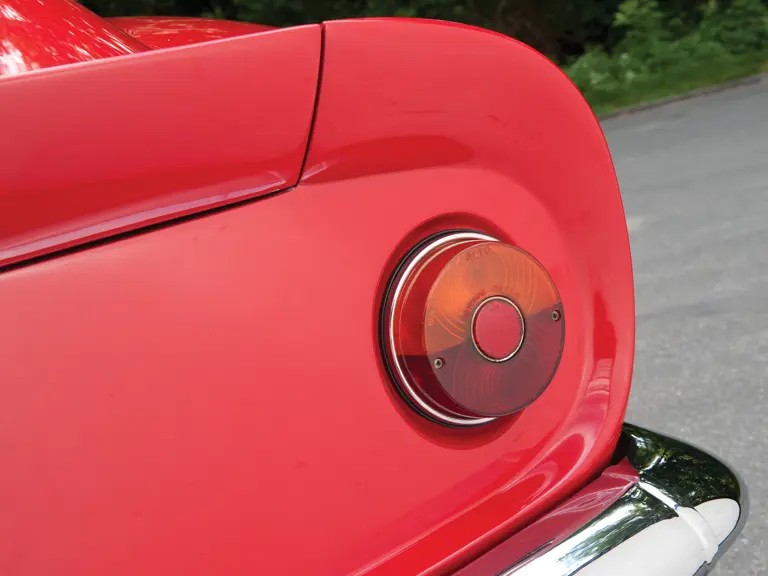

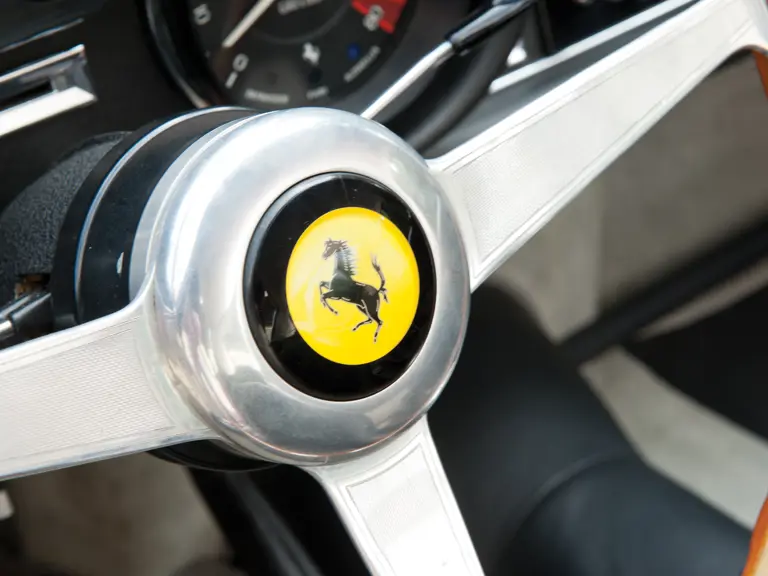
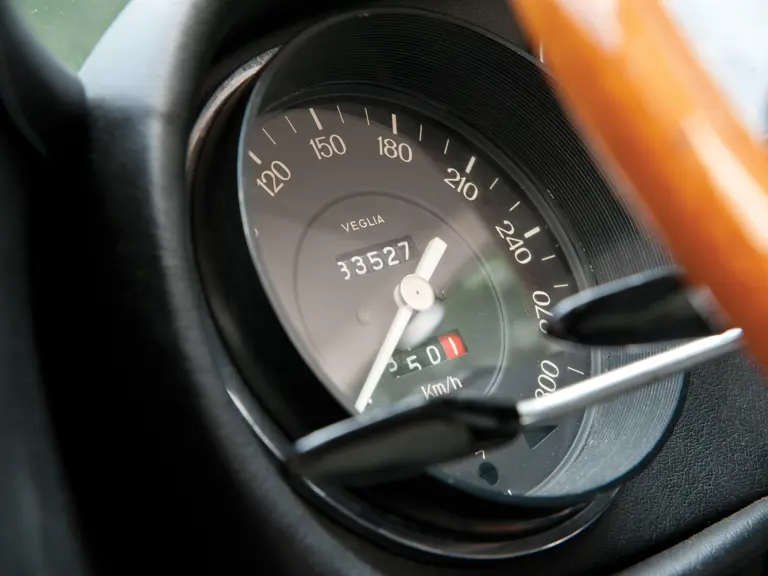
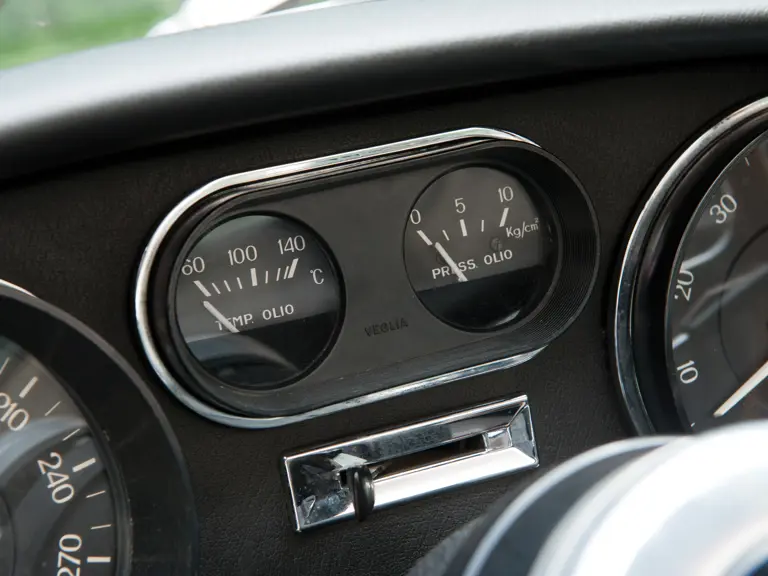
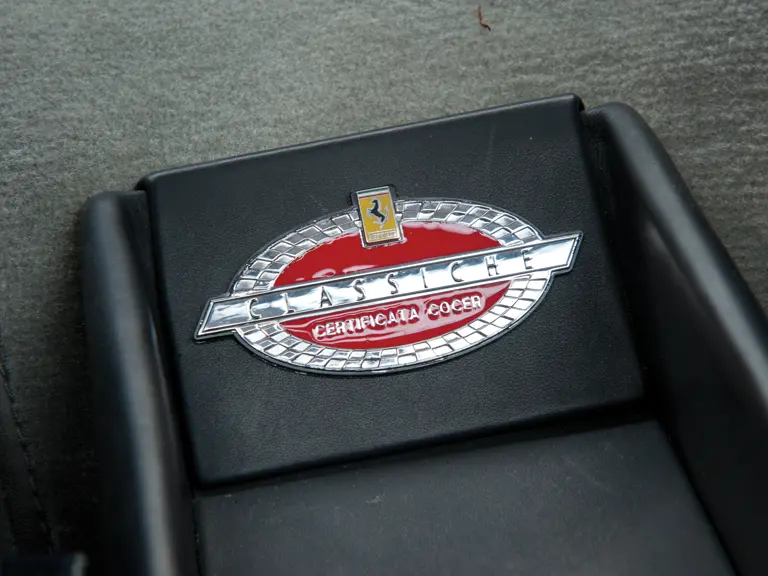
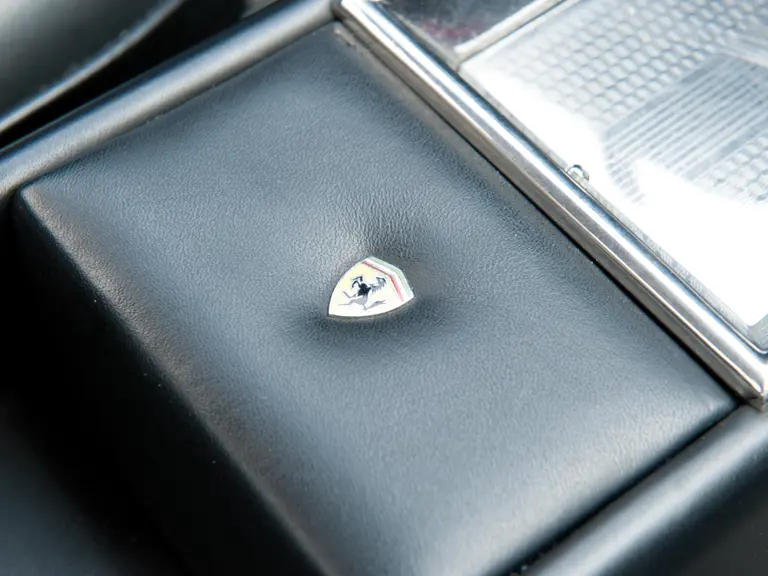
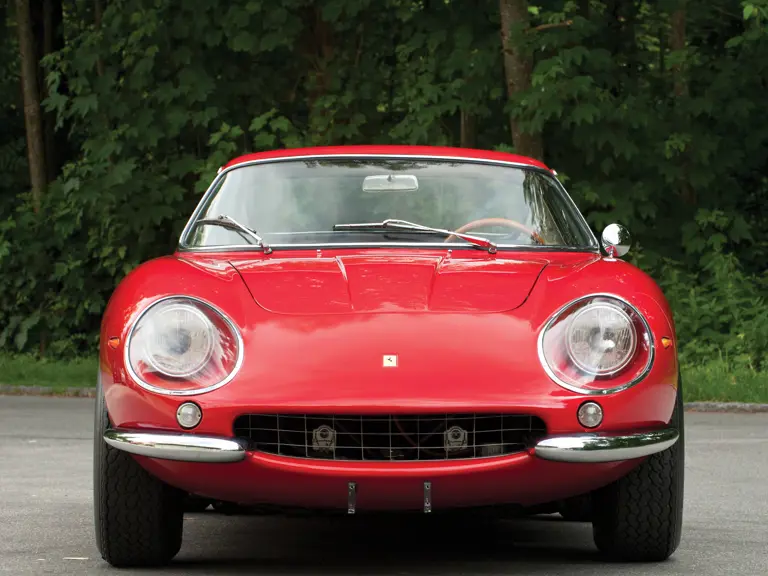
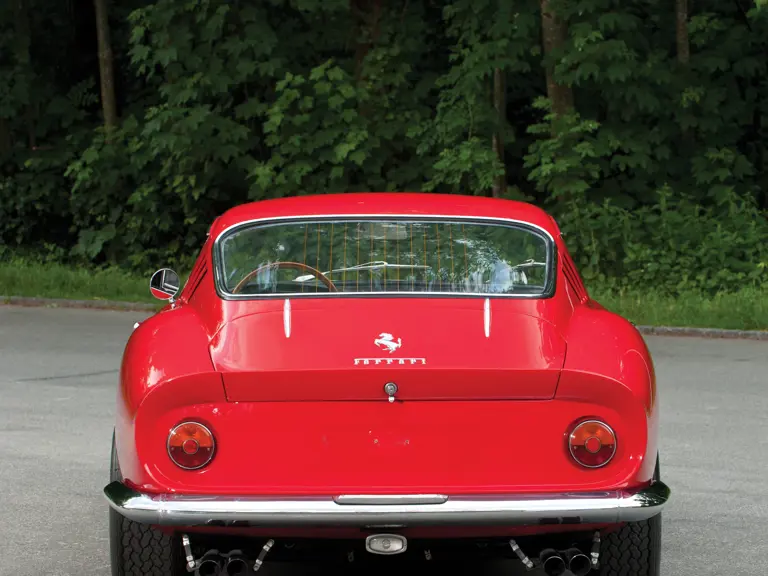
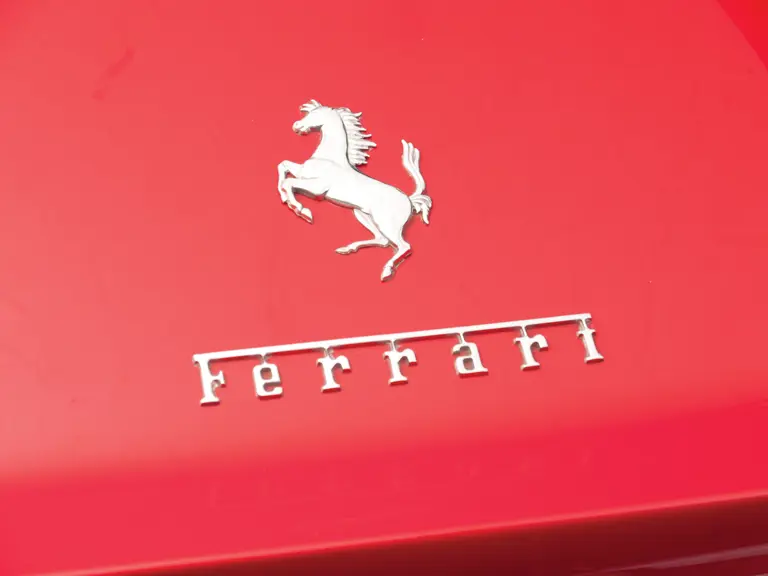
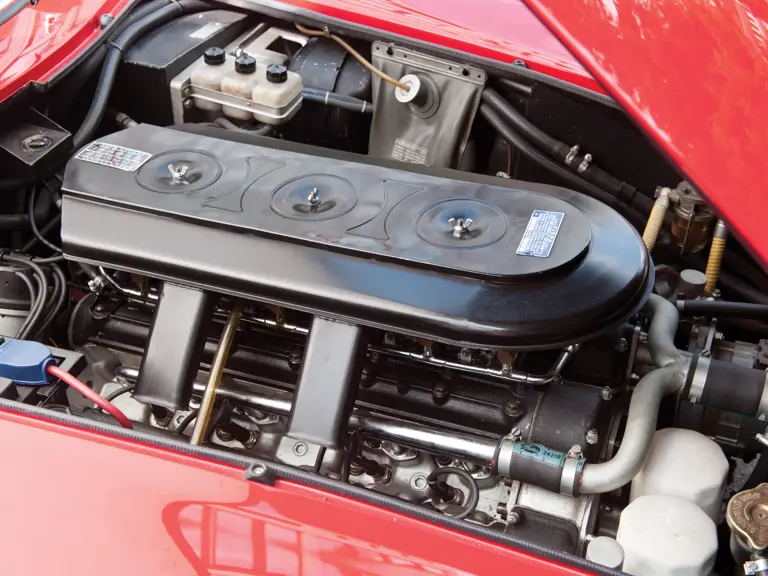
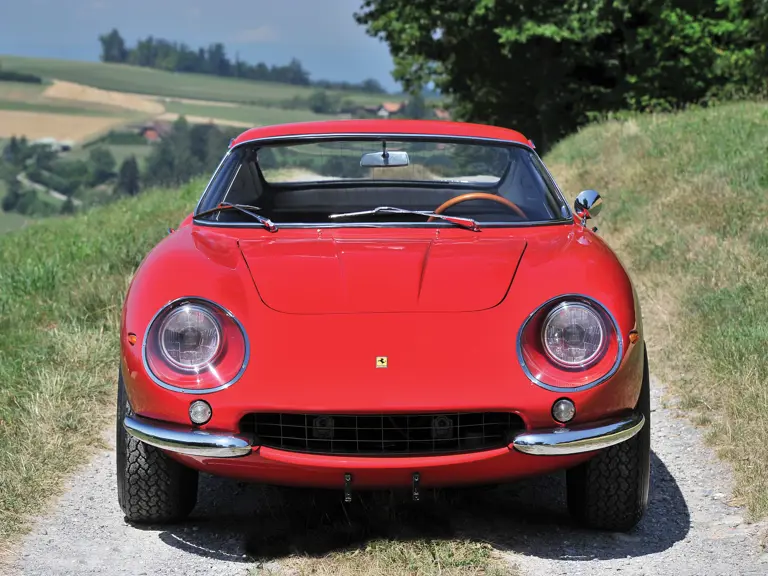
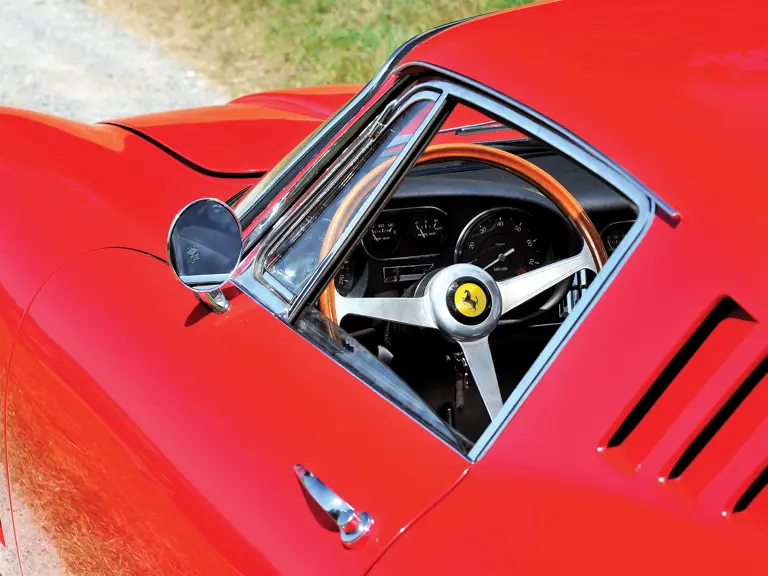
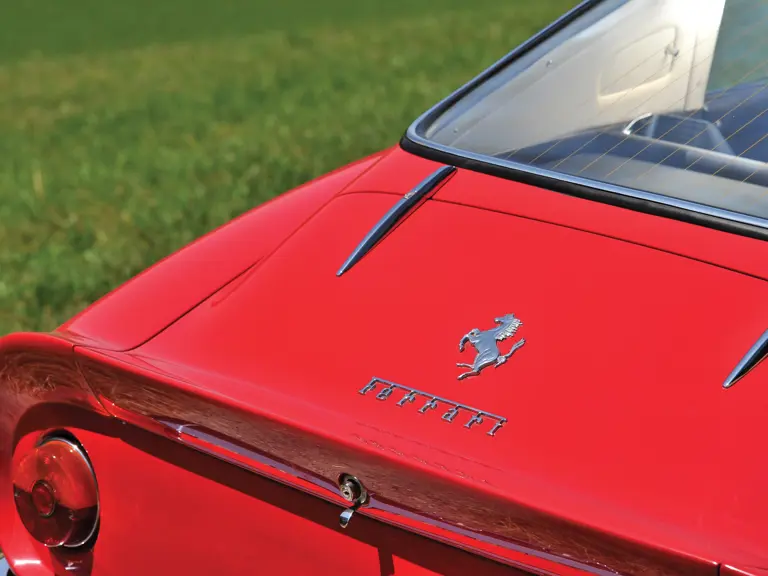

 | London, United Kingdom
| London, United Kingdom
